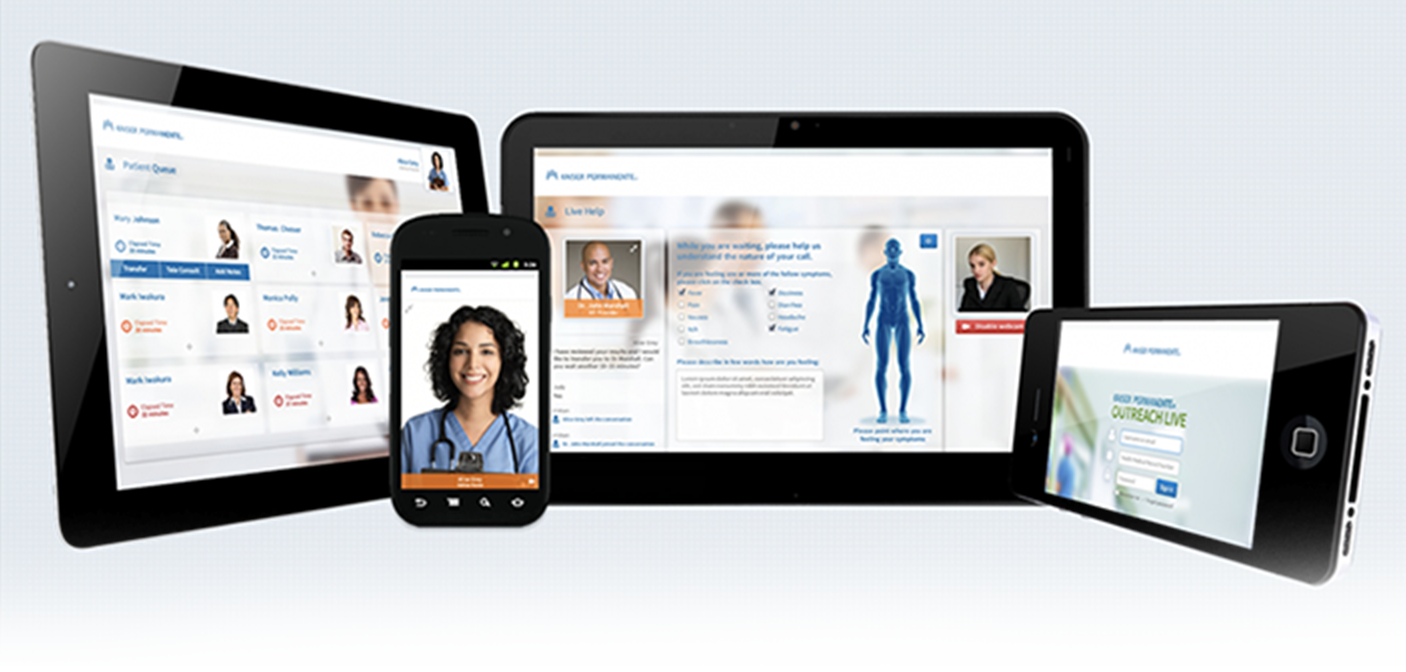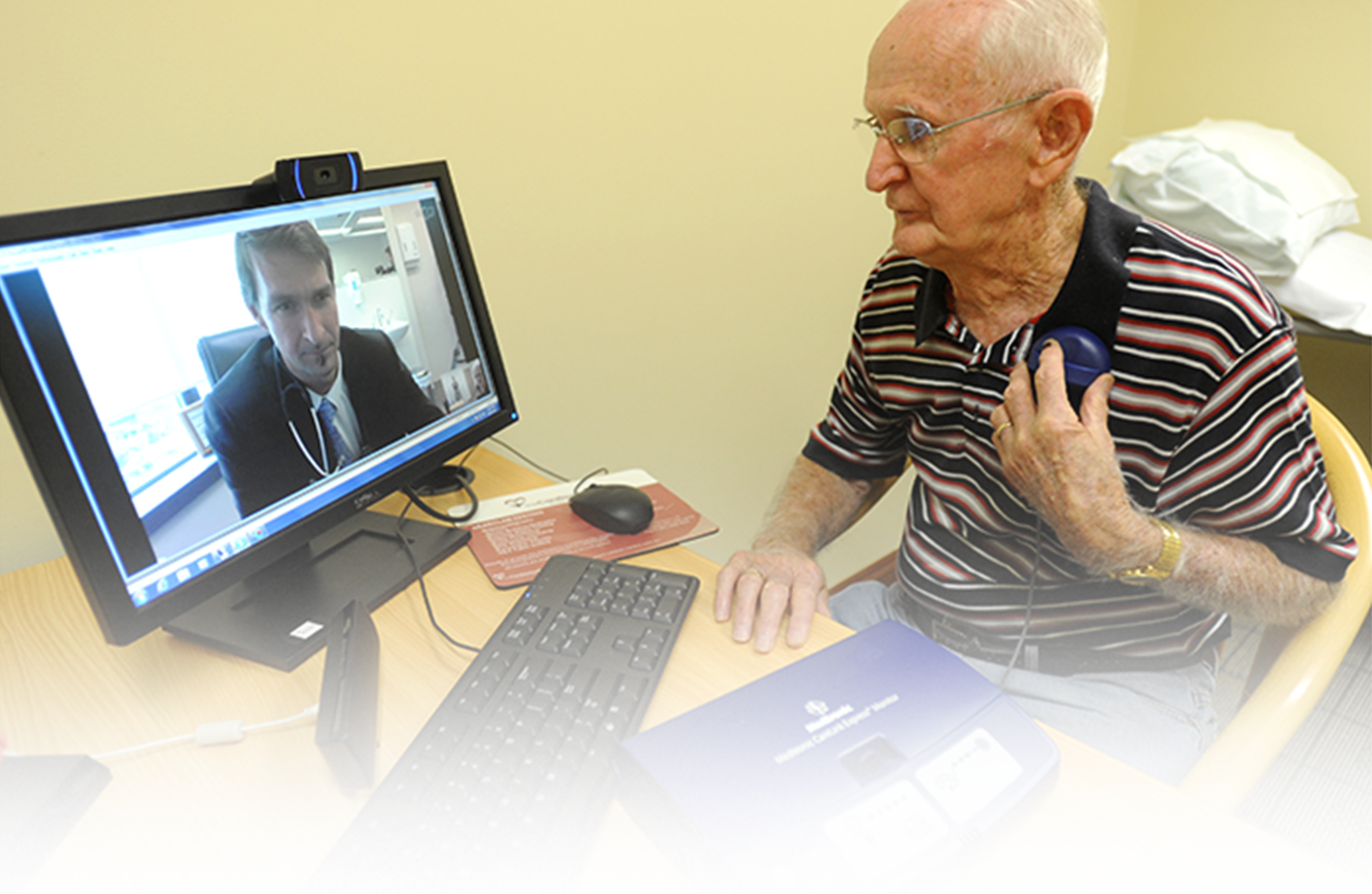
Virtual Visits: Care Online
Cybage October 05, 2016
Virtual visits are spiking the enthusiasm of leading healthcare service providers who want to jump onto the Telehealth bandwagon. Virtual visits extend the reach of medical experts towards patients, using the same technology we use to keep in touch with loved ones (video conferencing such as Skype and FaceTime). It is a safe and logical way for providers to venture into a new tech-enabled world that may still be spooky for some. One way to think of this trend is to consider virtual visits an extension of the brick-and-mortar healthcare model.

Virtual visits can take place either by video or voice calls. These interactions are most often done for acute problems such as sore throat, ear ache, and urinary tract infection. A small part of this technology can be used in aftercare for conditions such as hypertension and diabetes.

Employers and health planners are interested in this form of care too. In a short period of time, virtual visits have gone from a curiosity to a ‘table stakes’ offering in the employee health world. A few companies cater to this space and are interested in offering a complete service such as a software platform for accessing the network of available physicians. Blue Cross offers its fully insured members access to virtual visits through software and network.
Virtual consultation cannot be a substitute for a doctor’s visit. But, in an average primary care check-up center, a patient sees a doctor for about seven minutes. In that context, it is not impossible to see the benefit of cutting out the extra time and making the most of a short visit.

When practitioners utilize virtual community tools to communicate with patients, they have to maximize the usability of this form of communication while addressing concerns about privacy and the lack of clarity or relevance of current legislative frameworks. Anecdotally, patient response to virtual visits appears to be positive and the fear that the patients will always miss the personal touch of the doctor seems to be unfounded. In fact, something about the camera interaction actually makes some patients feel more connected and comfortable.
Here is a list of interesting statistics about the patient experience of telehealth as compiled by eVisit:
- The average wait time for most telemedicine visits is 20 minutes.
- Less expensive than other healthcare options, an average telemedicine visit costs $40.
- Outcomes are equal or better than that of in-person visits.
- 95% of patients report satisfying results.
- Prior appointments are not required because most meetings are handled in minutes by working around the patient’s schedule.
